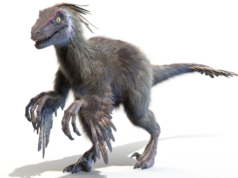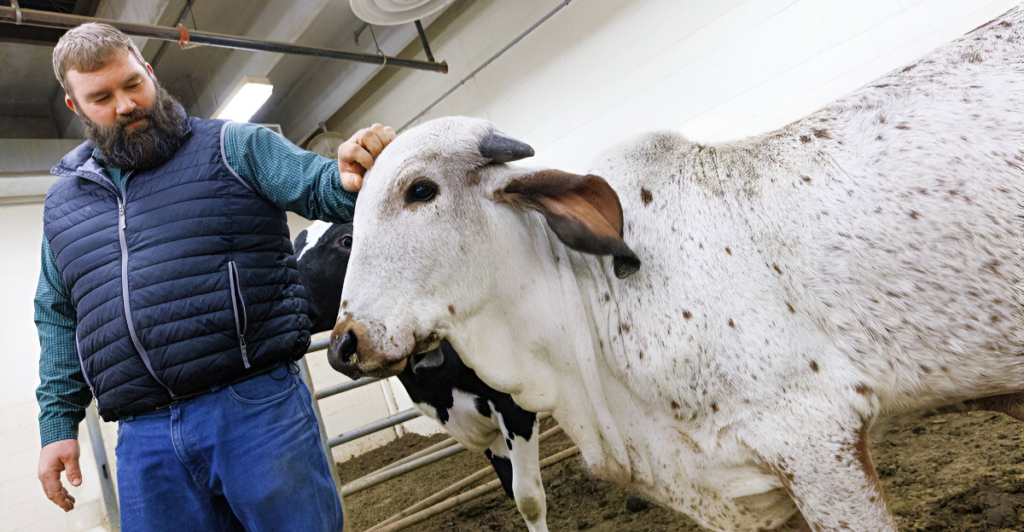
Gene editing is revolutionizing animal health, and a development involving a calf called Ginger could change the face of the cattle industry. Scientists have succeeded in editing Ginger’s genes to immunize her against bovine viral diarrhea virus (BVDV), an immune-system-attacking infection that is highly contagious among cattle. Traditional vaccines were no match for BVDV due to its tendency to mutate extensively. This is where gene editing stepped in. The research, conducted by the University of Nebraska–Lincoln in association with the USDA and Acceligen, emphasizes the potential of genetic modification to create disease-free cattle. This technology, if employed on a large scale, can go a long way in reducing the use of antibiotics in beef production, which could stunt economic and public health problems related to antimicrobial resistance (AMR).
History of BVDV
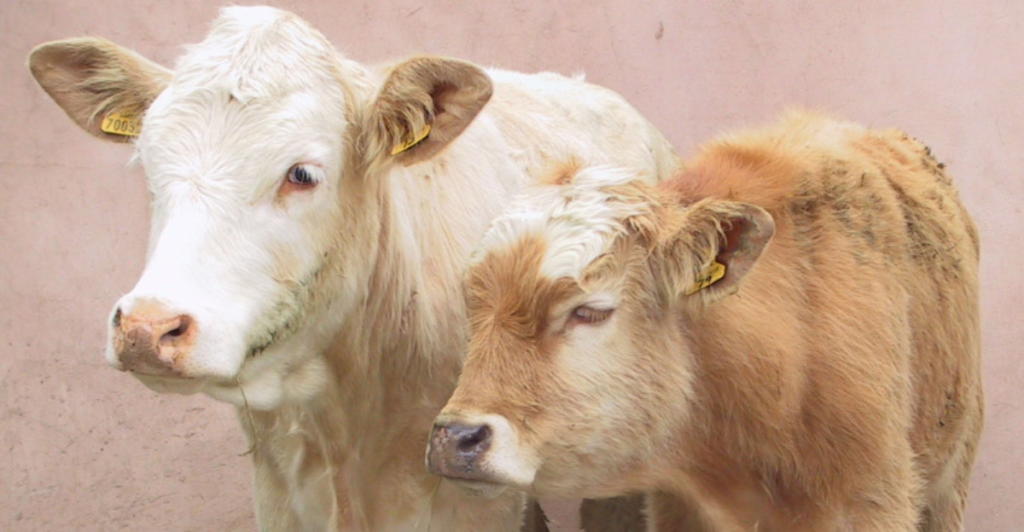
Bovine viral diarrhea virus (BVDV) was first observed in the 1940s and has become a thorn in the side of cattle ranches across the globe. The disease was spread mainly by contact with the infected animals, mainly in utero exposed calves. These persistently infected (PI) calves harbor the virus for life, spreading enormous amounts of the virus and infecting whole herds. Vaccination programs were initiated in the 1960s, but the virus’s potential to mutate into highly virulent strains has made conventional control methods only partly effective. Economic losses of BVDV are put at more than $2 billion a year, as infected cattle experience respiratory illness, reproductive loss, and reduced milk production. The continuous struggle to control BVDV has driven scientists to look for new solutions, and gene-editing technologies, like the one performed on Ginger.
Gene Editing Science
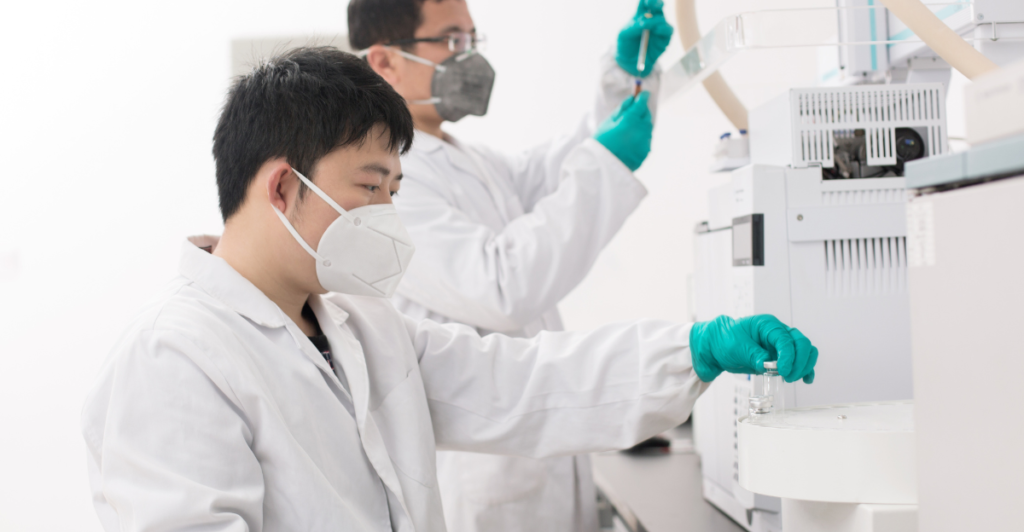
Gene editing employs CRISPR and TALEN technologies to make precise changes in the DNA of an organism. In Ginger’s case, scientists sought to inactivate a protein known as CD46 that BVDV exploits to infect bovine cells. By causing some amino acids in CD46 to change, scientists inhibited the virus from binding while keeping the usual functions of the protein. Unlike genetic modification (GMO), in which foreign DNA is added, gene editing simply corrects minute differences in existing genes, which is more natural and acceptable. No other unintended genetic alterations occur. Gene editing would revolutionize cattle breeding, if it works, with a renewable approach to breeding disease-resistant cattle without having to administer continuous medical treatments in the form of vaccines and antibiotics.
Ginger’s Place in the Experiment

Ginger, a Gir breed calf, was born on July 19, 2021, and has been under close observation at the University of Nebraska–Lincoln. She was purposely exposed to a BVDV-infected calf to see if she would be resistant. Contrary to normal calves that would get the disease and have severe symptoms, Ginger was perfectly healthy. Her regular behavior and robust immune response indicate that the genetic alteration was successful. Scientists now need to establish if this resistance is durable in a number of breeds of cattle and generations. Future experiments will test Ginger’s capacity to transmit this resistance to her progeny, ensuring long-term success. If the technology is successful, it can be used extensively in commercial cattle farming, preventing disease outbreaks and dependence on medical intervention.
The Economic Advantages of Gene-Edited Cattle
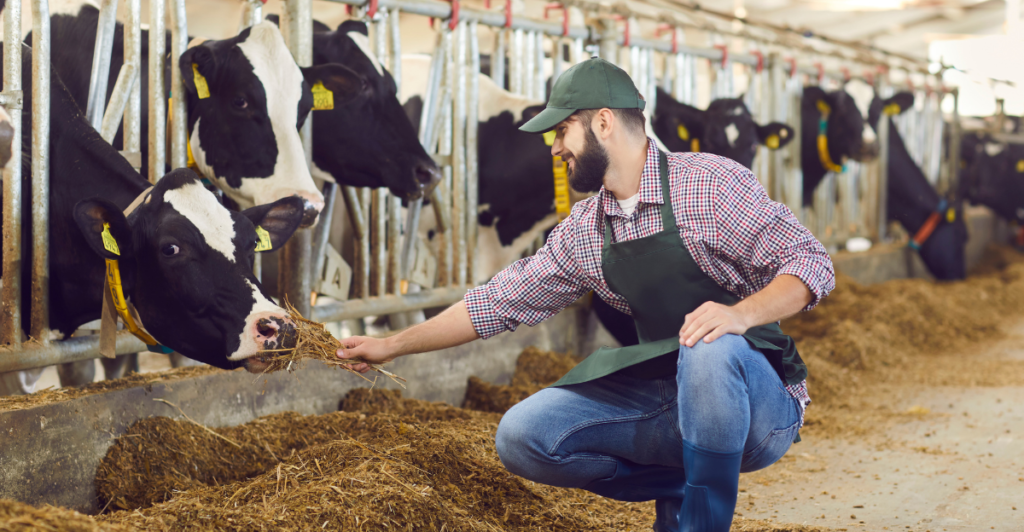
BVDV is costing the world’s cattle industry billions of dollars annually in lost productivity, treatment, and early death. Gene-edited, disease-resistant cattle such as Ginger would cut these costs significantly. Less disease incidence translates to lower vet bills, reduced mortality rates, and better cattle growth rates. Moreover, healthier cattle translate to better beef and dairy for farmers and consumers. Reduced antibiotic use also means less antimicrobial resistance, a developing concern in livestock production. With gene editing going mainstream, cattle ranchers can maximize profitability, while global food security is enhanced through a more stable and efficient beef and dairy supply.
Ethical and Regulatory Issues
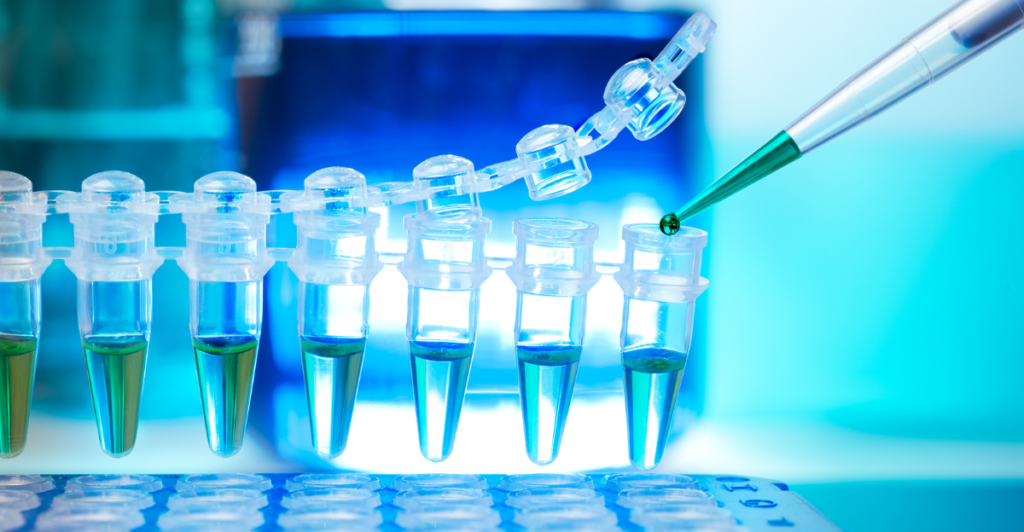
Although gene editing of animals is advantageous, it is also surrounded by ethical and regulatory issues. Its critics believe that changing the genetics of animals, even by a small extent, may have unintended ecological or health impacts. Although conventional GMOs are highly regulated, gene-edited animals are in a regulatory limbo, with countries differing widely in views. The FDA, for instance, deems gene-edited animals to be subject to special permission, while Brazil and Argentina have been less restrictive. Acceptance by the public is also a barrier: scientists state that gene editing is not like traditional genetic modification, yet consumers remain skeptical. Transparency and easy regulations will be key to public and industry acceptance and to ensuring gene-edited cattle are safely integrated into food systems.
Gene Editing’s Contribution to Reducing the Use of Antibiotics

Gene-edited beef has one of its most significant benefits in reducing the use of antibiotics in agriculture. Antibiotics are often used in the current era to cure BVDV infection, and this contributes to the overall issue of antimicrobial resistance (AMR). The World Health Organization claims that AMR is a global health concern that kills 1.27 million people annually. By creating disease-resistant cows, farms would significantly lower the use of antibiotics, thus slowing the development of resistant bacteria. Changing to such a system would not only save cattle health but also safeguard human populations from antibiotic-resistant infections. Gene editing thus presents itself as a precautionary measure against a threat not only to agriculture but to public health globally.
The Future of Gene-Edited Livestock
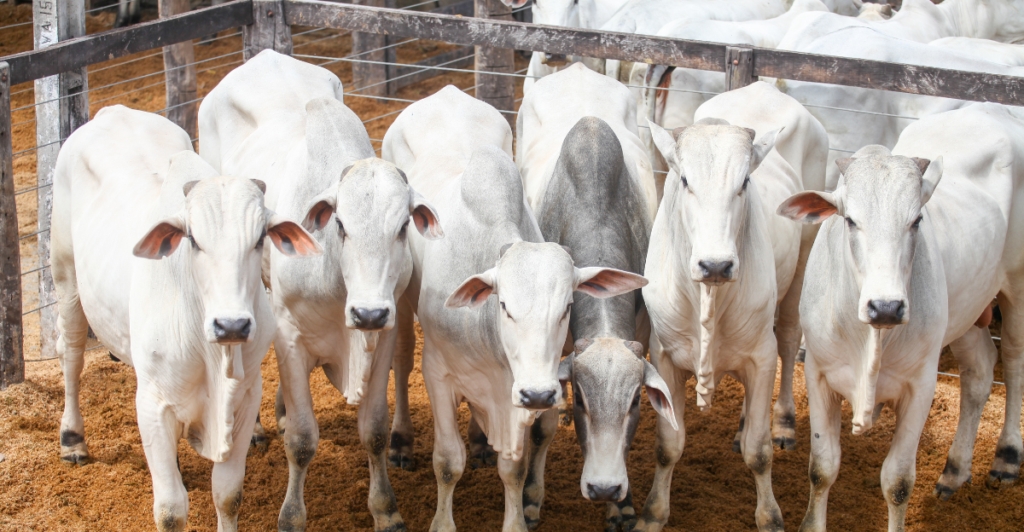
There are other livestock issues that gene editing can address beyond the potential for beneficial BVDV resistance. Researchers are also developing changes to render cattle, pigs, and poultry more resistant to heat, efficient in their feeding, and disease-resistant. For example, researchers have gene-edited pigs to be immune to porcine reproductive and respiratory syndrome (PRRS), other crippling livestock diseases. Gene-edited animals could become standard fare in agriculture if regulatory environments shift and consumers grow more accepting, boosting productivity and sustainability. But extended research on animal welfare, genetic integrity, and environmental concerns will be necessary to guarantee that gene editing can continue to be a responsible and valuable asset to the industry.
Risks and Limitations
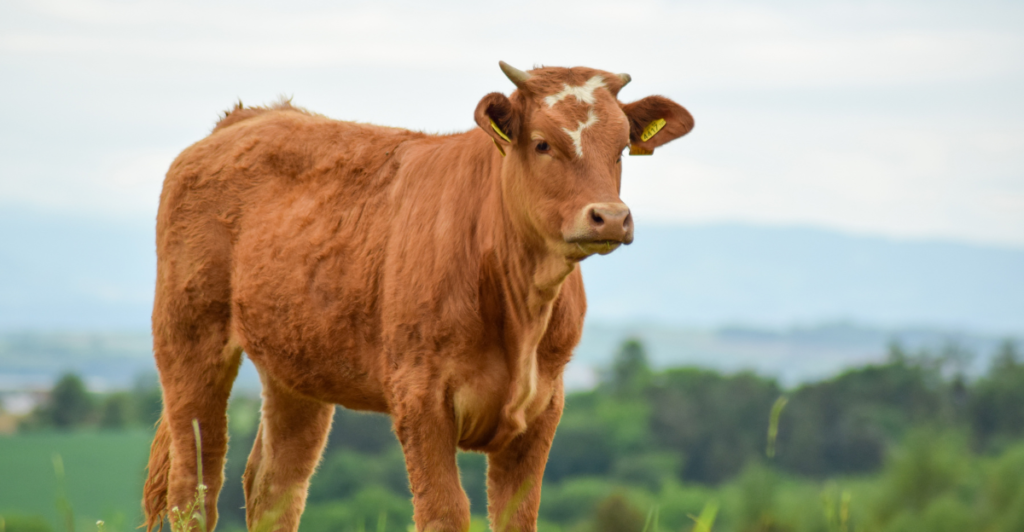
All that said, there are risks to the promise. It’s possible that novel genetic mutations could result in novel health problems in animals, thus intensive testing must first be done before branching out commercially. There is also the threat of genetic uniformity: if all the cows share the same edited genes, they may be vulnerable to other unforeseen illnesses. Also, while gene-edited animals can reduce the need for antibiotics, they will not eliminate other farm issues such as poor management practices or environmental stress. Gene editing must be viewed as only one of many sustainable agricultural solutions and not a one-size-fits-all solution. Sustained research, regulatory oversight, and ethical concerns will be key in determining its long-term viability.
The Livestock Genetic Revolution

The development of gene-edited cattle like Ginger is a groundbreaking achievement in farm science. If successful, this technology could transform animal health in livestock, reduce economic losses, and significantly reduce the use of antibiotics, cutting the risk of antimicrobial resistance. However, hurdles remain: public acceptance, regulatory approvals, and ethical considerations must be addressed before widespread use. Though gene editing is not a cure-all, it is a scientifically based approach to bettering animal welfare and food security. The next decade will determine if gene-edited livestock becomes standard industry practice or a niche product. As research continues, the formula of innovation, ethics, and trust will determine the future of gene-edited agriculture.
Explore more of our trending stories and hit Follow to keep them coming to your feed!

Don’t miss out on more stories like this! Hit the Follow button at the top of this article to stay updated with the latest news. Share your thoughts in the comments—we’d love to hear from you!



